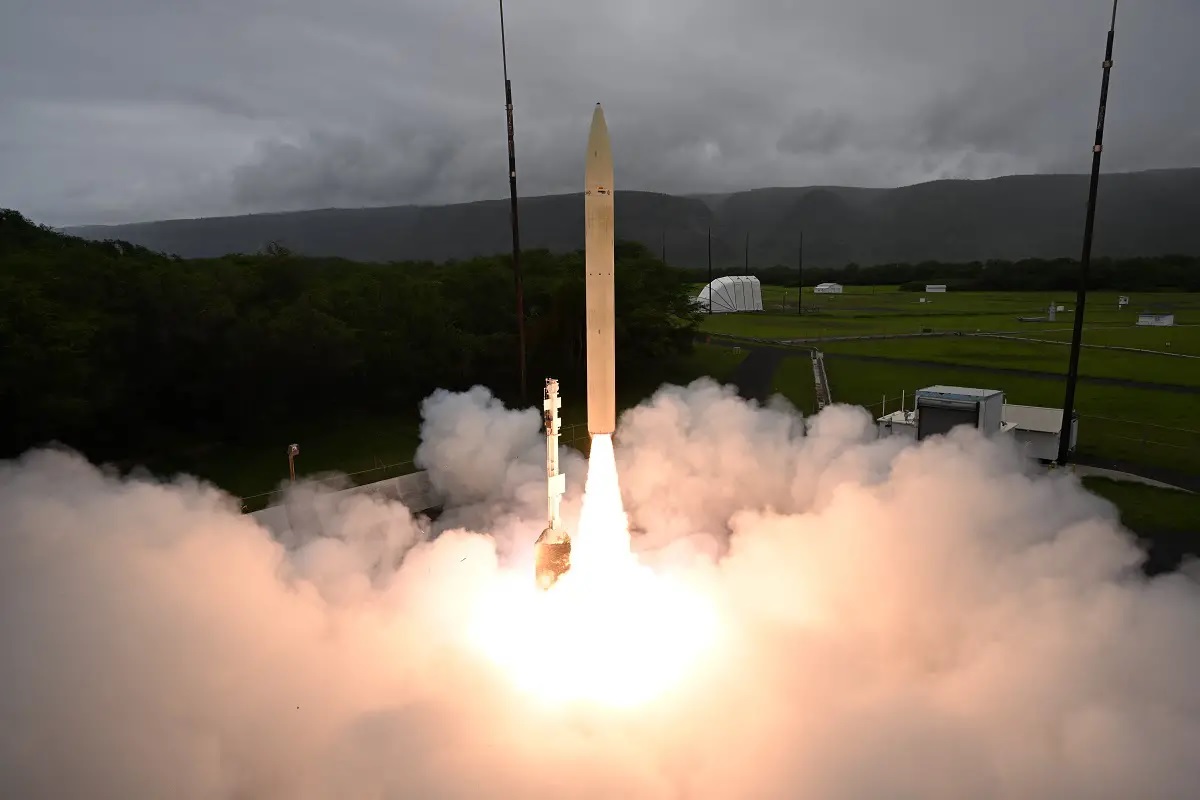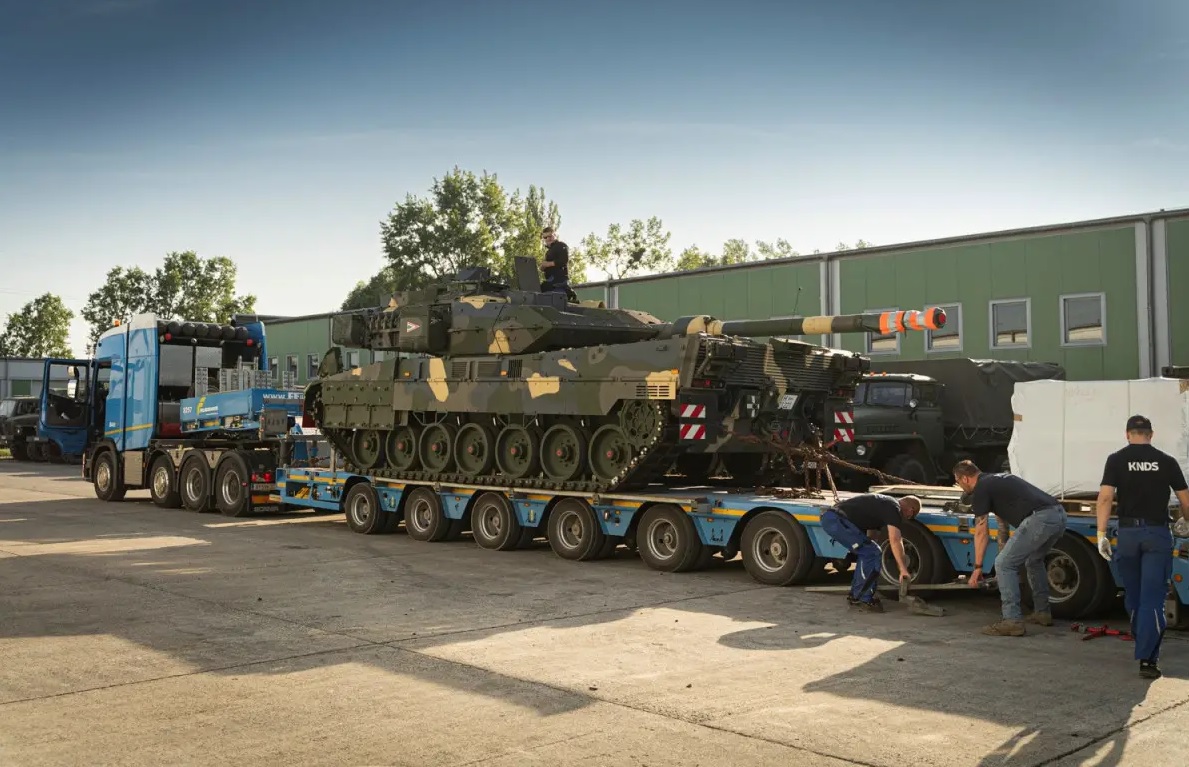Successful Hypersonic Missile Test by U.S. Department of Defense

In a groundbreaking advancement, the U.S. Department of Defense has successfully completed an end-to-end flight test of a hypersonic missile. Conducted from the Pacific Missile Range Facility, this test marks a significant milestone in the development of the Conventional Prompt Strike (CPS) and Long Range Hypersonic Weapon (LRHW) programs. This achievement showcases the U.S. military's strides in harnessing hypersonic technology, which promises to redefine modern warfare and enhance national security.
The hypersonic missile, capable of traveling at speeds exceeding Mach 5, was launched to evaluate its overall performance, from launch to impact. The test provided critical data on the missile's capabilities, validating the designs and concepts that have been meticulously developed by the U.S. Navy and Army. Vice Adm. Johnny R. Wolfe Jr., Director of the Navy’s Strategic Systems Programs and the lead designer of the common hypersonic missile, emphasized the importance of this test. “This flight test of the common hypersonic missile marks a milestone for our nation in the development of this capability,” he stated, highlighting the collaborative efforts between the services to push the boundaries of defense technology.
Lt. Gen. Robert Rasch Jr., Director of the Army’s Rapid Capabilities and Critical Technologies Office, echoed this sentiment, underscoring the joint efforts to maintain military superiority. “Through our joint efforts, we are developing new equipment and adopting new defense concepts that will enable the Army to maintain superiority over any potential adversaries,” Rasch noted. The success of this flight test is a testament to the synergetic approach adopted by the U.S. military branches, working in unison to achieve a common goal.
The CPS and LRHW programs are integral components of the U.S. military's strategy to enhance its rapid response capabilities. Hypersonic missiles, with their unparalleled speed and maneuverability, offer a significant advantage in neutralizing threats swiftly and effectively. This technology not only bolsters the U.S.'s defensive posture but also acts as a powerful deterrent against potential adversaries.
Beyond the immediate military applications, the development of hypersonic missiles represents a leap forward in aerospace engineering and defense technology. The complexities involved in designing, testing, and deploying such advanced systems require cutting-edge research and innovation. The successful test signifies that the U.S. is at the forefront of these technological advancements, setting the stage for future developments in the realm of hypersonic weaponry.
In recent years, global powers have been increasingly focused on developing hypersonic capabilities, recognizing their potential to change the dynamics of warfare. The U.S. has invested heavily in this domain, aiming to ensure that it remains a leader in military technology. The successful test of the hypersonic missile not only demonstrates progress but also reinforces the U.S.'s commitment to maintaining a competitive edge in the global defense landscape.
As the U.S. continues to refine and enhance its hypersonic missile systems, the implications for national and global security are profound. The ability to deploy such advanced weaponry provides a strategic advantage, ensuring rapid and precise responses to emerging threats. With continued investment and collaboration, the U.S. is poised to lead the way in this transformative area of defense technology.
The recent flight test is a pivotal step forward, reflecting the dedication and expertise of the teams involved. It stands as a beacon of innovation and progress, heralding a new era in defense capabilities. As the U.S. Department of Defense continues to push the envelope, the future of hypersonic technology looks promising, promising enhanced security and superiority on the global stage.


